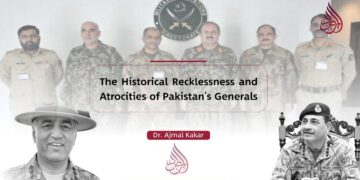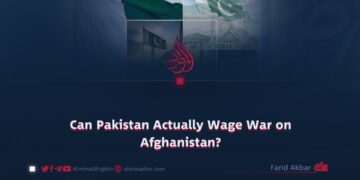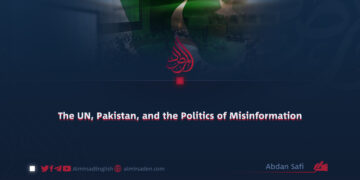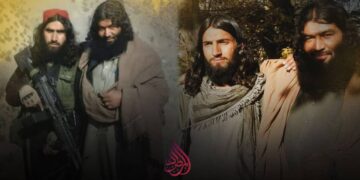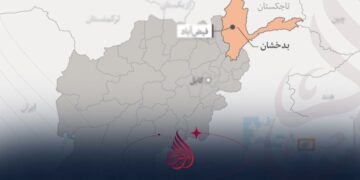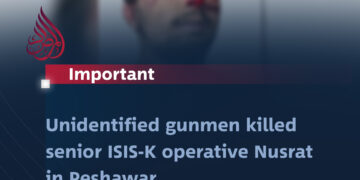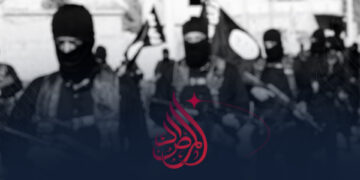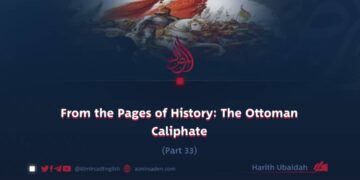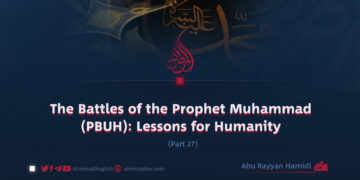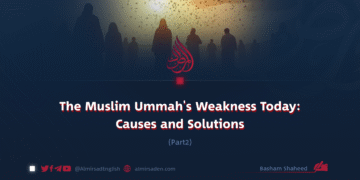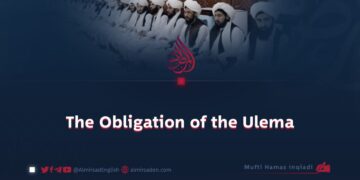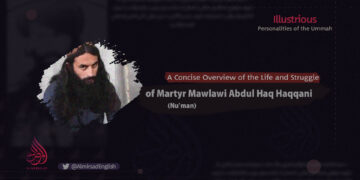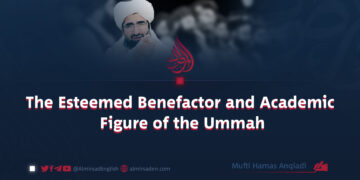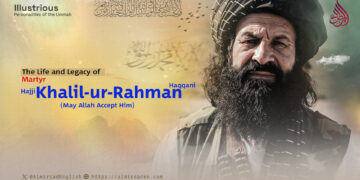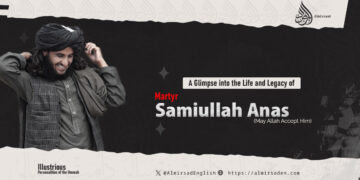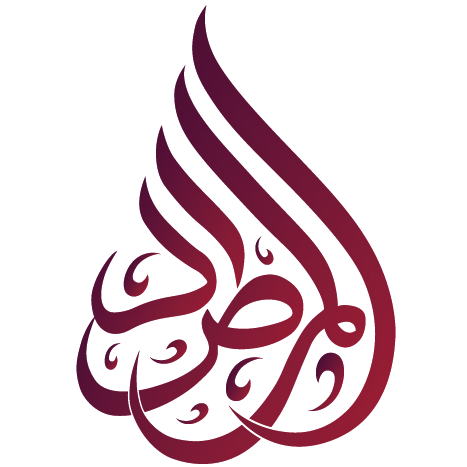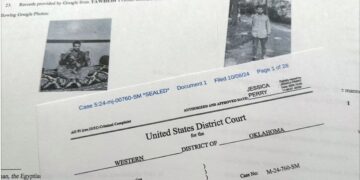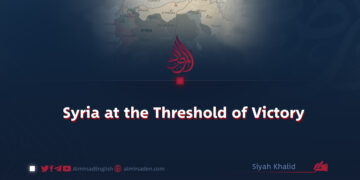Part 4
Author: Abu Rayyan Hamidi
The Battle of Safwān (First Battle of Badr)
Ten days after returning to Medina from the Battle of Al-‘Ushayrah (also known as Al-Ashira), an urgent incident occurred. Kurz ibn Jabir Al-Fihry, a prominent leader of the Quraysh, raided the pasturelands of Medina, stealing livestock belonging to the Muslims. Upon receiving this news, the Prophet Muhammad (PBUH) promptly set out with seventy of his companions in pursuit. Following the trail along the route to Badr, they eventually reached a valley known as Safwān, located near Badr. However, Kurz ibn Jabir had already escaped, and the Prophet (PBUH) returned to Medina.
Safwān is an area situated near Badr. This expedition is referred to by two names: Badr al-Ūlā (the First Battle of Badr) and the Battle of Safwān. The standard-bearer of the expedition was ʿAlī ibn Abī Ṭālib (RA), who carried a white flag, while the administration of Medina was entrusted to Zayd ibn Ḥārithah (RA) during the Prophet’s absence. Although Kurz ibn Jabir was initially a leader among the Quraysh, he later embraced Islam and was subsequently entrusted with leading a twenty-member unit tasked with pursuing and capturing criminals from the ʿUrayniyyeen tribe.
Lessons Derived from This Battle
1. Strategic Persistence
Up to this point, we have examined four battles. The Battle of Safwān was one among several expeditions that reflected the Prophet’s (PBUH) strategy of maintaining continuous pressure on the Quraysh. In addition to major confrontations, smaller expeditions (Sarāyā) were dispatched to disrupt enemy movements and ensure that the Quraysh never felt secure.
A notable example of this strategic approach was the Sarīyya led by ʿAbd-Allāh ibn Jaḥsh. During this operation, the Muslims intercepted a Quraysh caravan, which resulted in the death of ʿAmr ibn al-Ḥaḍramī—the first polytheist to be slain by the Muslims. Two captives were taken, and the caravan’s goods were seized and brought back to Medina. This incident marked a turning point, as the disbelievers began to recognize the strength, wisdom, and strategic capabilities of the Muslims.
2. The Loyalty and Obedience of the Companions
The unwavering loyalty and commitment of the companions were clearly demonstrated during these expeditions. An exemplary instance occurred during the Sarīyya led by ʿAbd-Allāh ibn Jaḥsh. Before their departure, the Prophet (PBUH) gave him a sealed letter containing confidential instructions, with the directive to open it only after two days of travel.
Upon reaching the designated point, ʿAbd-Allāh ibn Jaḥsh opened the letter and found instructions to proceed and intercept a Quraysh caravan. Despite being given the option to return, the companions, adorned with the qualities of obedience, loyalty, and steadfastness, did not hesitate. Not a single member of the group chose to retreat. As a result of their dedication, Allah (SWT) granted them victory, and the first war spoils in Islam were obtained during this Sarīyya.
3. The Profound Wisdom Behind These Ghazwat and Sarāyā
The wisdom underlying these Ghazawāt (battles in which the Prophet personally participated) and Sarāyā (expeditions led by his companions) is profound and multifaceted. Among the key objectives were the following:
– Instilling Fear and Establishing Authority
These expeditions instilled fear and awe both within Medina and beyond its borders. The newly established Islamic state faced external threats from the Quraysh and internal challenges from certain Jewish tribes known for their treachery. Through these expeditions, the Prophet (PBUH) demonstrated that the Islamic state was strong and fully capable of responding decisively to any act of aggression or betrayal.
– Securing Alliances and Isolating the Quraysh
Many tribes had historical treaties with the Quraysh and were potential allies against the Muslims. However, when these tribes forged alliances with the Islamic state of Medina, this not only weakened the Quraysh’s influence but also endangered their trade routes. This strategy effectively isolated the Quraysh and diminished their capacity to mount further opposition.
– Deterring Bedouin Raiders
The Battle of Safwān also served as a warning to Bedouin raiders who frequently targeted travelers along trade routes. When Kurz ibn Jabir Al-Fihry attacked Medina’s grazing grounds, the Prophet (PBUH) pursued him as far as Safwān—approximately 150 kilometers from Medina. This swift response sent a clear message that the Islamic state would not tolerate aggression and was prepared to defend its territory even over long distances.
– Training and Preparation
These Ghazawāt and Sarāyā also served as practical training exercises. Through them, the companions gained invaluable experience in military strategy, political negotiation, and leadership under the direct guidance of the Prophet (PBUH).
This training would later empower them to spread Islam across vast regions, bringing enlightenment to lands that had long been shrouded in ignorance and oppression. The unparalleled conquests achieved by the companions were a direct result of the Prophet’s (PBUH) wisdom, foresight, and meticulous preparation.

